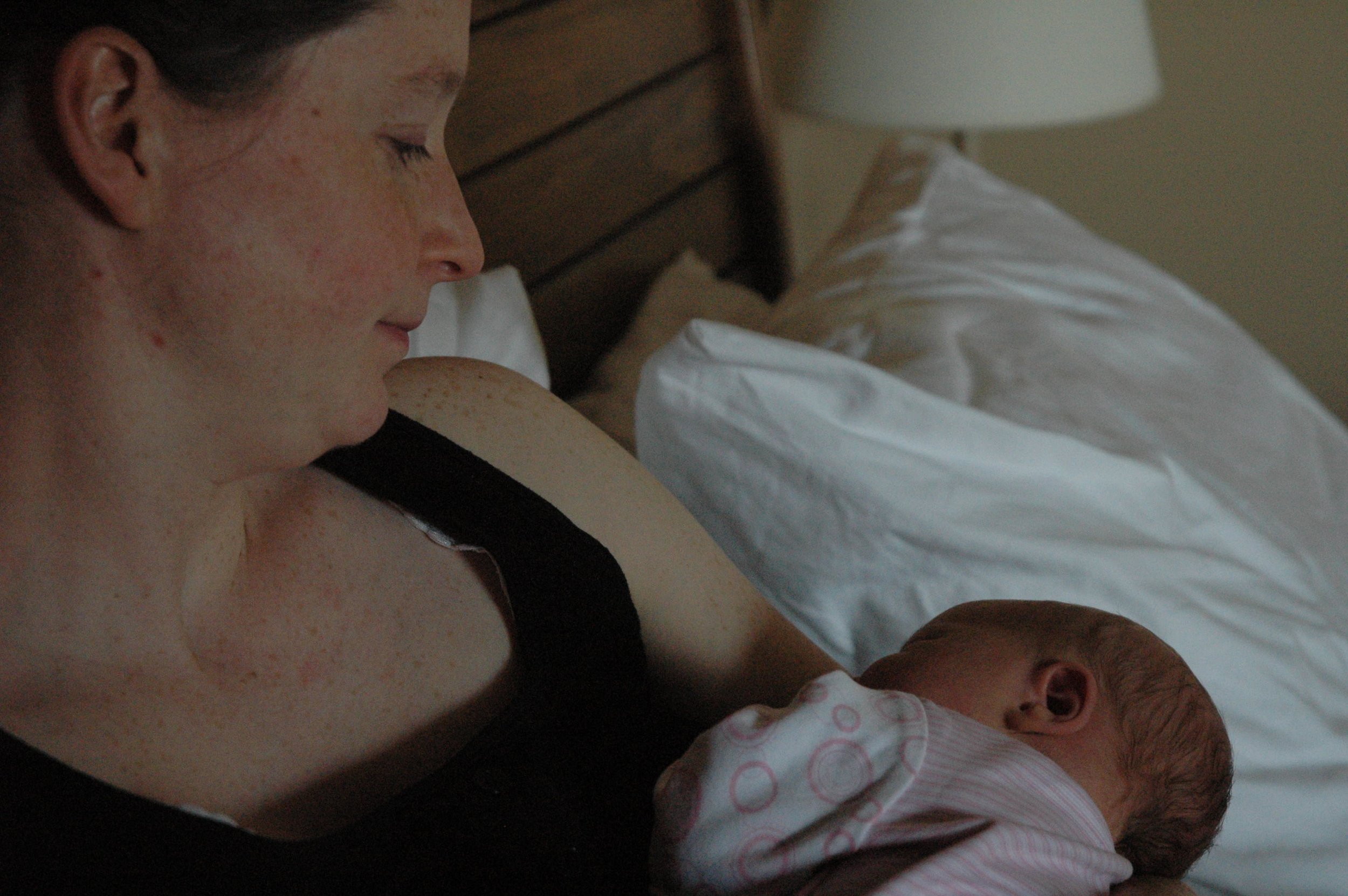Tips for labor success - the first few hours postpartum
Get to Know your Baby
The most important thing to do in the first few hours after birth is to enjoy this very special time with your baby. These are your first moments to look at your baby’s fingers, toes, and nose. Get to know your baby and let out a sigh of relief that labor and/or your cesarean are over. Your baby is on the outside. You can process anything that did not go as planned later. You may feel that immediate gush of love for your baby, or it may take you a little time. Either is ok. Hold that baby skin to skin so they can hear your familiar heartbeat (the most comforting noise they can imagine) and you can help them regulate their temperature to the outside. Nurse your baby if you are planning to, this will help to stimulate milk production.
Remember you are healing
As you enjoy your baby and get to know them, you also need to take care of yourself. You still need to go to the bathroom, eat, shower, etc. This is the first time that you are caring for this baby and yourself at the same time. It is hard, but it will get easier as you heal. In recent years, more talk has been done to acknowledge the truth of early postpartum. Adult diapers, ice packs, stitches, weak abdominal muscles, etc. It isn’t pretty, but it is real. With all of the extra stuff around you and on you, it is hard to forget that you are healing, but not everyone knows how to be careful of their body. These are some movement tips to go easy on yourself. These tips are best used for the first few weeks postpartum, not just in a the first few hours.
When getting in and out of bed, it is important to roll on your side then use your hands to push up to sitting.
Sit down by lining yourself up with the chair or bed first, so you do not have to twist or turn as you sit.
Stand straight up then walk where you are going. Don’t twist in the motion.
When standing up use lean way forward to shift your center of balance into your feet then stand up.
Hold your baby close to you when moving.
Face the surface you are going to put your baby on when putting baby down. If you cannot do that, then have someone help you.
Contract Your Pelvic Floor
Muscle contractions help with blood flow. This is true in many body areas, but the area we are concerned about postpartum is your pelvic floor. This is helpful whether you delivered cesarean or vaginally and had a difficult delivery or easy. Your pelvic floor has been effected by pregnancy and blood flow is needed for healing. If you are confident in how to perform a pelvic floor contraction, then do so. Start with sets of 10. As long as you are very confident that you can correctly perform a pelvic floor contraction at other times, then it is ok if you do not feel anything. Keep contracting with sets of 10 a few times per day. If you are not confident that you can perform a pelvic floor contraction, then you should not perform them until instructed by a pelvic health provider who confirms that you are contracting and relaxing your muscles well.
Congratulations, enjoy the NEW JOURNEY that you are on!

